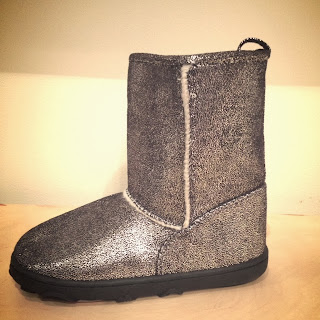You now have a few more days to send in your comments! New Deadline – 12/3/13
The Federal Trade Commission (FTC) published a Notice of Proposed Rulemaking on September 20, 2013 seeking comments on its proposed amendments to the rules and regulations under the Wool Products Labeling Act of 1939. Comments were originally due on November 25, 2013.
Interestingly, an extended deadline of December 3, 2013 to submit comments has occurred due to a request from the Embassy of Australia to the FTC.
On November 20, 2013, the Embassy of Australia contacted
the Commission on behalf of the Federation of Australian Wool Organisations
(“FAWO”) to seek an eight (8) day extension since it was participating in a
meeting of the International Wool Textile Organisation (“IWTO”) in Guangzhou,
China, on November 25-26, 2013, to discuss the FTC's proposed amendments.
FAWO contended that the FTC’s record would benefit from
comments collected at the meeting given the role of the IWTO in representing
wool industry stakeholders at an international level.
The FTC likewise believes that the FAWO’s input would likely assist the
Commission in evaluating the proposed amendments to the Wool Rules.
Since the requested short extension of the comment period
would not substantially delay the rulemaking process and the FTC believed that
extending the comment period to facilitate a more complete record outweighed any
harm that might result from an eight (8) day delay, it agreed to the extend the
comment period until December 3, 2013.
For more
information, you can contact Robert M. Frisby, Attorney, (202) 326-2098,
Division of Enforcement, Bureau of Consumer Protection, Federal Trade
Commission, 600 Pennsylvania Avenue, NW, Washington, DC 20580.
Questions/comments? Post below or email me at clark.deanna@gmail.com
Keep up with me!
On Facebook: www.facebook.com/fashioncompliance (*Like* the
page to get updates)
On YouTube: www.youtube.com/FashionCompliance
On Twitter: @fashcompliance

